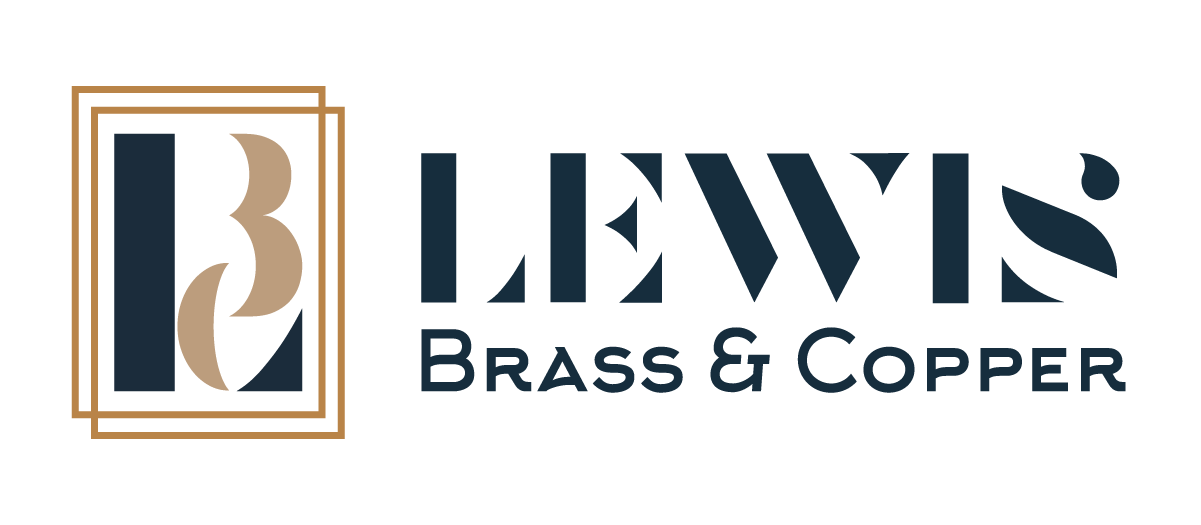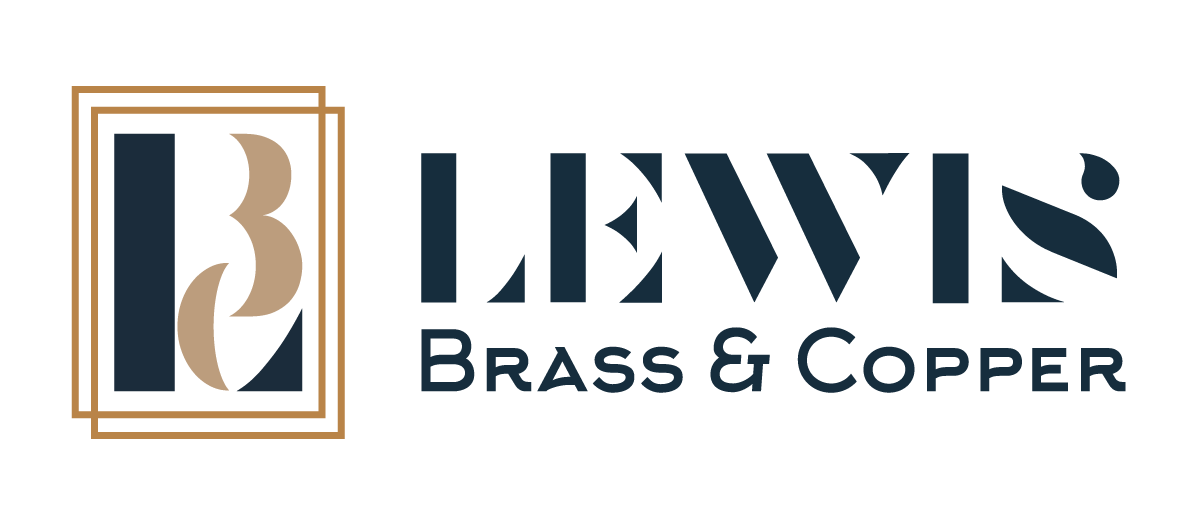What is A360 Brass?
A360 brass is a popular alloy, and is widely used in various industries around the world. This specific alloy is well known for its flexibility, corrosion resistance, and intricate casting applications.
In this blog, we’ll explore what defines A360 brass, its composition, and its properties. We’ll also examine its diverse applications across industries, manufacturing processes, maintenance tips, and how we could help your needs.
What is A360 Brass?
Definition of A360 Brass
Let’s start by looking at what A360 brass actually is. Imagine a brass alloy that's super easy
to work with and resists rust—that's A360 brass.
This alloy falls into the alpha brass family, which means it’s got a high copper content and can be easily crafted into various complex shapes without much fuss. This is one of the reasons it’s so popular.
Composition of A360 Brass
The composition of A360 brass includes approximately 61-63% copper (Cu), 2.5-3.5% iron (Fe), 2-3% lead (Pb), and the remainder zinc (Zn). When all of these elements are combined, they help improve the properties of A360, such as its machinability, corrosion resistance, strength, and durability.
Properties of A360 Brass
A360 brass has many attractive properties, making it a popular choice for architects and manufacturers. Let’s take a look at some of them below:
- Machinability: A360 brass is a dream to work with. It’s super easy to cut, shape, and form into all sorts of intricate design, making it ideal for creating precision components.
- Corrosion Resistance: This alloy can really withstand rust, so it’s perfect for challenging environments. These could include industrial sites and marine settings, which are often highly exposed to moisture and chemicals.
- Castability: Need something with a lot of detail? No problem. A360 brass can be cast into complex shapes with amazing precision, making it perfect for detailed designs and features.
- Dimensional Stability: A360 brass keeps its shape and size stable, even when the temperature changes. This means it performs consistently well in all sorts of environments.
Applications of A360 Brass
Industrial Uses of A360 Brass
A360 brass has become a popular choice in industrial industries thanks to its unique properties. It has plenty of versatile uses, some of which we will explore below:
- Valve and Pump Components: A360 brass's corrosion resistance and ability to be intricately cast make it ideal for manufacturing valves, pump housings, and fittings. These components are important for controlling fluid flow for applications such as water treatment plants to oil refineries.
- Precision Parts: A360 brass is used for manufacturing precision parts such as gears, bearings, and bushings. If you’re looking for something reliable with a tight tolerance, this alloy is ideal.
Decorative Uses of A360 Brass
A360 brass is also a popular choice for decorative purposes. Like many other forms of brass alloy, many artists and architects use it in their work.
- Architectural Accents: The alloy is used for architectural hardware, door handles, and decorative trim in buildings, thanks to its high levels of durability.
- Art and Sculpture: Artists utilize A360 brass to create sculptures and pieces that require intricate detailing and a polished finish. Being able to cast it into complex shapes only adds extra appeal, as it’s very easy to work with.
Automotive Applications of A360 Brass
In the automotive sector, A360 brass is employed in various applications due to its strength and resistance to corrosion:
- Automotive Fittings: Thanks to its corrosion resistance and ability to maintain dimensional accuracy under stress, it's often used to manufacture fittings, connectors, and fluid handling components.
- Interior Components: The alloy is used to add flair to car interiors in areas such as the dashboard trim, control knobs, and decorative panels. For high-end car manufacturers, A360 brass is a great option.
Manufacturing Process of A360 Brass
The manufacturing process of A360 brass is reasonably straightforward, and is very similar to other metals.
Extraction of Raw Materials for A360 Brass
First, copper, zinc, iron, and lead are extracted through mining or recycling processes before going through a refining process. This refining process allows a specific purity level to be achieved, and is vital for the next step.
Alloying of A360 Brass
The alloying stage involves melting the copper, zinc, and iron together in specific proportions before being thoroughly mixed. It is key to get all the correct proportions here, otherwise, the final product and its quality can be impacted.
Casting and Forming Methods for A360 Brass
The third stage is known as casting and forming, and it’s typically the last stage in the process. Here are some of the techniques for the casting process:
- Die Casting: A360 brass is commonly cast using high-pressure die casting methods. In this process, molten metal is injected into steel molds (dies) under high pressure. This helps the production of complex shapes with tight dimensional tolerances and fine surface details.
- Machining: After casting, A360 brass parts may undergo machining processes. Some of these may include milling, drilling, and turning to achieve final dimensions and surface finishes.
Advantages and Disadvantages of A360 Brass
Advantages of A360 Brass
- Machinability: A360 brass is highly machinable, allowing for easy production of intricate and precise components.
- Corrosion Resistance: The alloy offers good resistance to corrosion, so it's ideal for environments with a lot of moisture and chemicals. If you’re an architect, this is a desirable feature.
- Castability: A360 brass can be cast into complex shapes with fine details, so it's ideal if you need to make intricate parts.
Disadvantages of A360 Brass
- Lead Content: The presence of lead in A360 brass can pose environmental and health concerns during manufacturing and recycling processes. Efforts to reduce or eliminate lead content in brass alloys are ongoing to address these issues.
- Cost: A360 brass may be more expensive compared to basic brass alloys due to its specific composition and production processes.
Comparison to Other Brass Alloys
Compared to other brass alloys like C360 (free-cutting brass) or C385 (architectural bronze), A360 brass offers distinct advantages in terms of castability and machinability. While C360 brass is renowned for its ease of machining, A360 brass is suitable for applications requiring complex casting. However, the higher lead content in A360 brass may influence its suitability for certain applications that require lead-free alternatives.
Maintenance and Care of A360 Brass Products
If you want your A360 brass to last a long time, then you need to ensure good care and maintenance.
Cleaning and Polishing Techniques for A360 Brass
- Regular Cleaning: Use a mild detergent and cloth to remove dust and grime from A360 brass surfaces. Regular cleaning helps maintain the alloy's appearance and prevents buildup of dirt and contaminants.
- Polishing: Apply brass polish sparingly to maintain its luster and protect against tarnishing. Polishing can restore the shine of A360 brass and enhance its visual appeal.
- Avoid Abrasives: Harsh abrasives can scratch the surface of A360 brass, so use gentle cleaning methods. Soft cloths and non-abrasive cleaners are recommended to preserve the alloy's finish.
Protecting A360 Brass from Corrosion
- Clear Coatings: You need to apply clear lacquer or wax to protect A360 brass from oxidation, as it can affect how it looks. Coatings create a barrier that prevents exposure to moisture and air, reducing the risk of tarnishing.
- Storage: Store A360 brass items in dry, non-humid environments to prevent tarnishing and corrosion. These storage conditions will help to keep it in top form.
How Lewis Brass Can Help
Whether you require precision components, architectural accents, or automotive fittings, Lewis Brass can help you find a solution. If you have any questions regarding our products, feel free to contact us.
Alternatively, if you already know what products you need, you can request a quote from us.
 1-800-221-5579
1-800-221-5579 info@lewisbrass.com
info@lewisbrass.com
